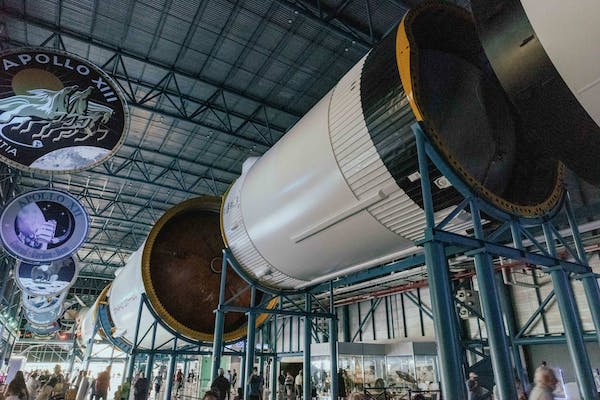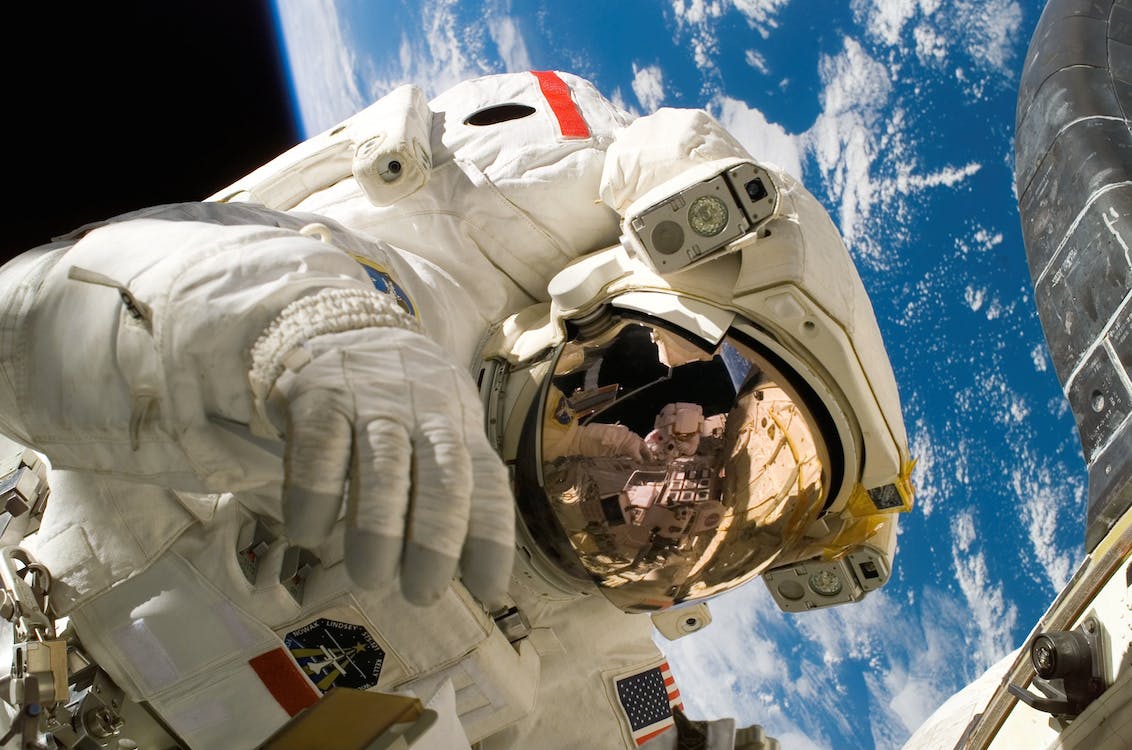Space crafts are perhaps the coolest and the most awe-inspiring inventions mankind has ever made, because of the mere fact that they send humans away from the Earth and into the outer space.
Traveling to space is simply a superhuman feat that our ancestors thought was next to impossible. They wondered what was beyond the Earth’s atmosphere. But now, these space shuttles help humans to explore and discover the outer space and how our planet Earth is affected by its changes.
For many decades, NASA’s fleet of orbiters in its Space Shuttle program have been used primarily to launch space probes and experiments. They are also used for the installation and launching of satellites that orbit the Earth for several different purposes such as the monitoring the weather, communication, military and navigation.
Here are some of the cool facts about space shuttles you didn’t know:
1. Top speed
While in orbit, the space shuttle’s speed goes up to 17,500 mph (28,000 kph) — almost nine times as fast as the rifle bullet after being fired. With the space shuttle this fast, the crew will be able to witness a sunrise or a sunset every 45 minutes — and that’s a lot of them!
2. The longest and the shortest orbit of the space shuttle
The longest orbital flight of any space shuttle lasted 17 days and 15 hours, and that record was etched by the space shuttle Columbia which was launched in November 1996.
The shortest orbital flight, on the other hand, lasted a mere minute and 13 seconds. It occurrred in 1986 when the space shuttle Challenger disintegrated shortly after its launch. This tragic disaster led to the deaths of all seven crew members aboard.
3. Fuel
You know that these rockets use massive amounts of fuel and they burn a lot of them during and after the launch, but you could never guess exactly how much? The space shuttle’s external tank features two solid rocket boosters, and each of them carries more than 1 million pounds of fuel, which is mostly consisted of hydrogen and oxygen.
4. The heaviest and the lightest space shuttles
Columbia, once again, notches another record but this time it’s for being the heaviest orbiter ever used in NASA’s Space Shuttle program. It weighs 178,000 pounds (or 80,700 kilograms), which is equivalent to the weight of thirteen African elephants. Columbia, being the first orbiter in the fleet, was the heaviest because NASA was still looking for lighter materials for its future space shuttles.
The lightest space shuttle, on the other hand, is the Atlantis. It weighs 151,315 pounds (68,635 kilograms).
5. Launch site
During the program’s lifetime, all of the Space Shuttle’s orbiters launched from Kennedy Space Center on Merritt Island, Florida. The facility’s launch site, the LC-39, features three launch pads: the 39A, 39B, and 39C.
6. The Space Shuttle program’s official name and the serial number of its space missions
While people usually refer to NASA’s program as the “Space Shuttle,” its official name is “Space Transportation System” or “STS.” That’s why NASA labeled all of its manned spacecraft missions beginning with “STS.”
For instance — when Columbia launched in 1981 for its very first flight, its mission was labeled by NASA as “STS-1.”
At first, NASA started designating space missions by order of their launch, from STS-1 through STS-9. But James Beggs, the NASA administrator during that time, had a phobia towards number 13 (known as “triskaidekaphobia”). Recalling the unlucky fate of the Apollo 13’s lunar mission, Beggs wanted to get rid of anything associated with “13.” As a response, the agency presented an entirely new numbering system for its future space shuttle missions.
For example: STS-11 (11th flight) became STS-41-B, STS-12 (12th flight) became STS-41-C and STS-13 (13th flight) became STS-41-D, and so on. It certainly generated a lot confusion!
To explain it by a piecemeal, let’s take the serial number STS-41-B, the fourth mission of the space shuttle Challenger:
- The “4” indicates the final digit of the Challenger‘s mission year, which is 1984. It took off on February 3, 1984 and landed back to Earth on February 11, 1984.
- The “1” indicates the launch site, which is the Kennedy Space Center (“6,” meanwhile, indicates the Vanderburg Air Force base). At the time of its mission, the Challenger took off from the Kennedy LC-39A launch site.
- The letter “B” refers to the sequence of the mission. The Challenger came next after the STS-41-A mission of the previous space shuttle Columbia.
But after Challenger‘s tragic fate on its STS-51-L mission, NASA brought back the old numbering system, beginning with STS-26 Discovery mission
7. First tweet from space
Social media finally reached the outer space! During the STS-125 Atlantis mission in May 2009, astronaut Michael J. Massimino documented his experiences through posting a status on Twitter.
Using under his Twitter handle @Astro_Mike, Massimino tweeted:
“From orbit: Launch was awesome!! I am feeling great, working hard, & enjoying the magnificent views, the adventure of a lifetime has begun!”
8. Spacelab
Aside from being a means of transport, many of NASA’s space shuttles during this program also functioned as a flying laboratory.
The Spacelab was a reusable laboratory where scientists conducted further experiments and studies on science, astronomy and physics (particularly micro-gravity) while in flight inside the space shuttle. A total of 22 major Spacelab missions were carried out from 1983 to 1998. Most of the experiments were conducted on animals to study their behavior and their adaptation to space


